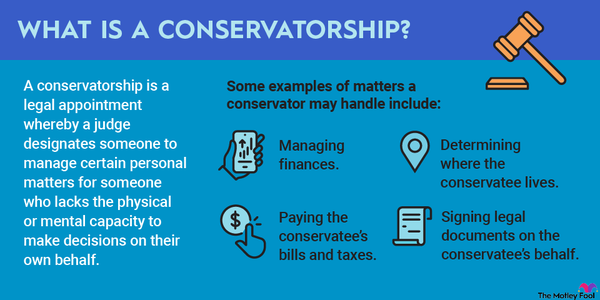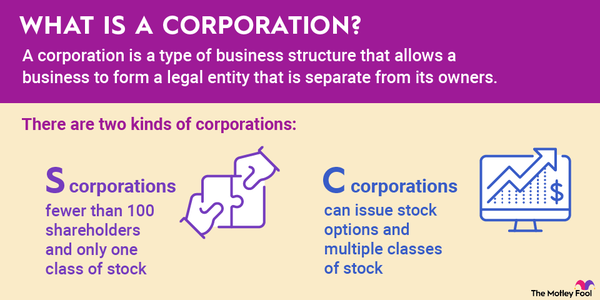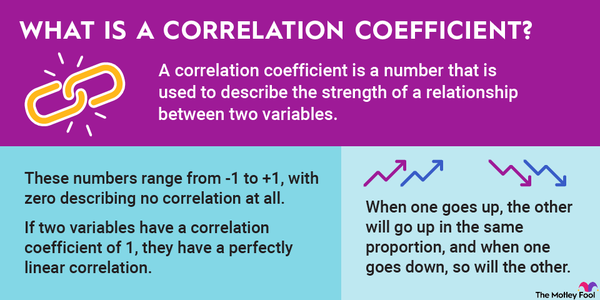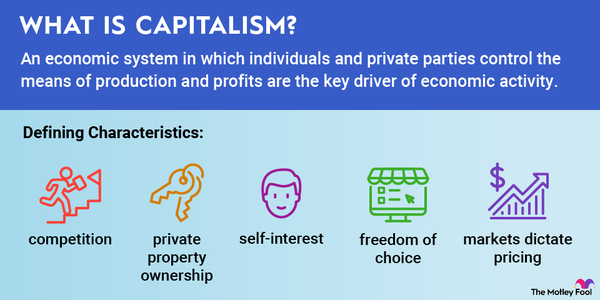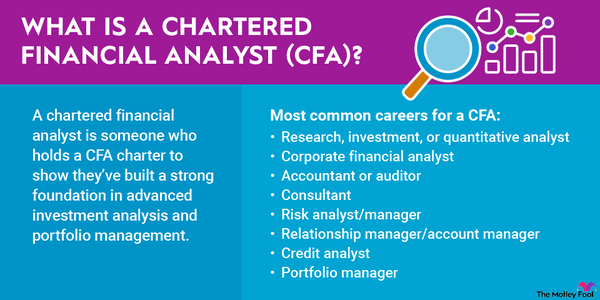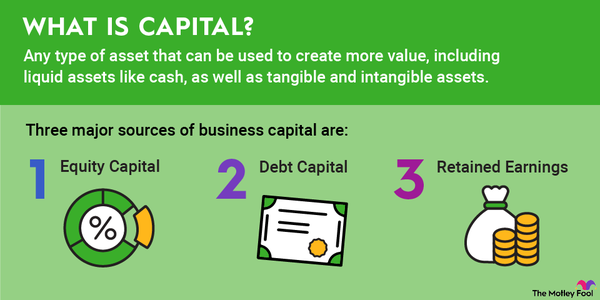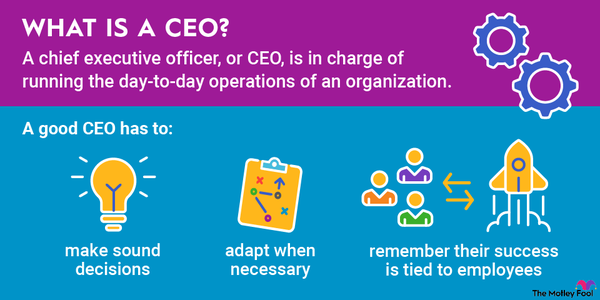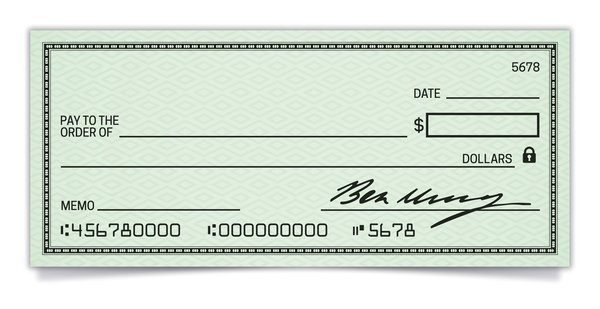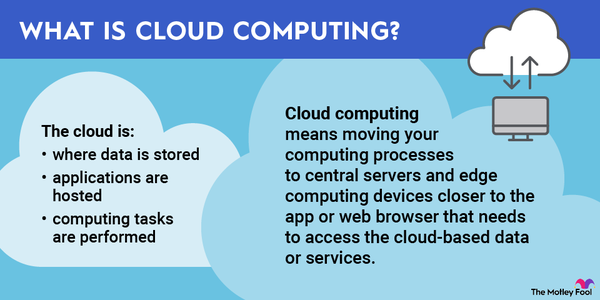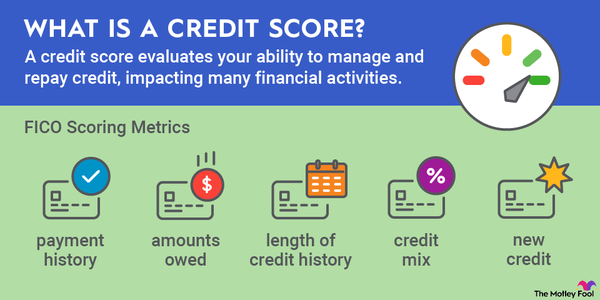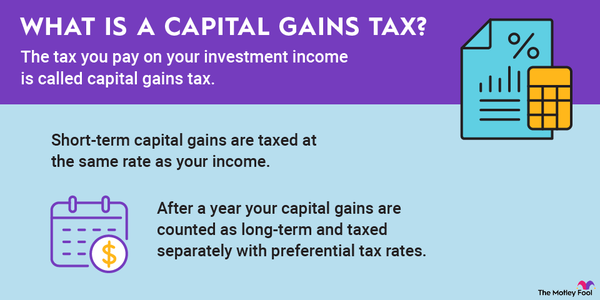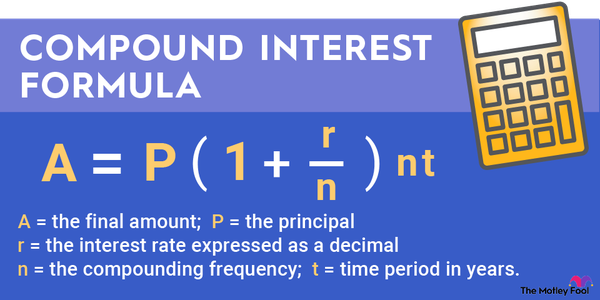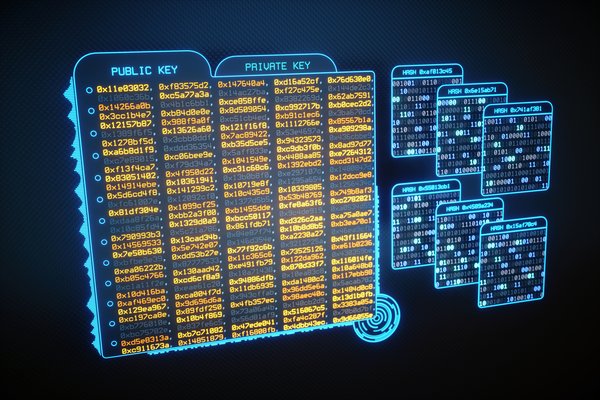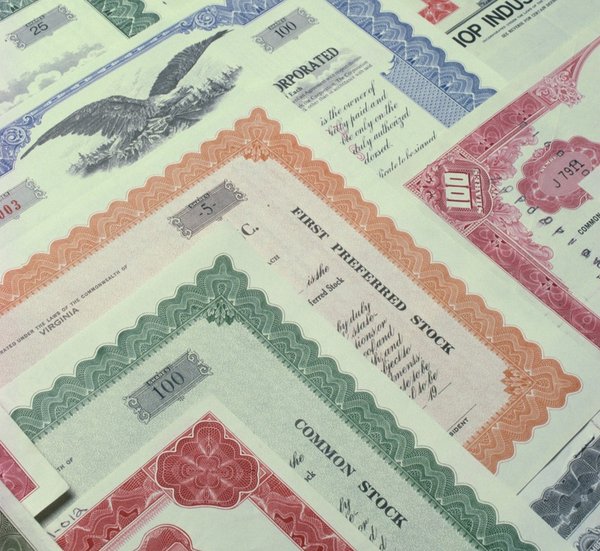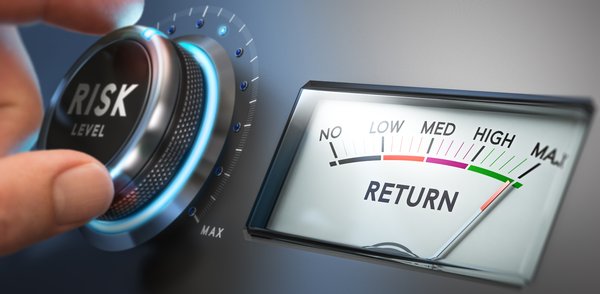A confidence interval is a statistical concept that shows how likely it is that a range based on a sample of a population contains the mean, or the actual figure, for that data set. It’s useful when a data point is unknown, but you want to express how likely it is to happen or fall within a certain range.

What is a confidence interval?
What is a confidence interval?
Confidence intervals are used in a wide range of situations to express the certainty of an event happening or a given sample being accurate.
Statisticians and others will talk about confidence intervals of 90%, 95%, or even 99% using a range of numbers. A 90% confidence interval would mean there is a 90% chance that the range presented contains the mean or the actual number you are trying to find. If you were to take samples 100 times, the mean would fall within your confidence interval 90 of those times.
For example, based on a sample, you might conclude that, with a 90% confidence interval, it rains between 100 and 150 days a year in an average year in a given location.
Why are they useful?
Why are confidence intervals useful?
Confidence intervals give users a sense of the accuracy of an estimate. Generally speaking, the wider an interval, the poorer the estimate since you are trying to learn the mean or true value of a data set.
It also gives researchers a way of expressing findings from a sample of a population since the purpose of taking a sample is to learn more about the general population it represents.
In finance and business, there are a number of applications for a confidence interval. You could use it in market research, for example, to determine how much of a given product you might sell over a given time period. Similarly, you could use a confidence interval in risk management as well. Businesses often use fuel or foreign currency hedging to protect against price fluctuations. Confidence intervals can help inform those decisions.
How to use them
How to use confidence intervals
It’s important to understand that a confidence interval doesn’t reflect a complete data set. As a hypothetical example, you might say that, based on past history, there is a 90% chance that the stock market will move 30% or less in a given year.
Gathering information from a known data set using a normal distribution (also known as a bell curve), the mean, and standard deviation is different from coming up with a confidence interval, which is based on an incomplete data set and comes from a sample rather than an entire population.
Political polls, for example, are based on a sample of a population and come within a margin of error, which expresses a similar concept as confidence intervals. The pollsters have a certain level of confidence that the actual percentage of voters who prefer a particular candidate falls in the range that includes the margin of error.
The Census Bureau uses an example of the number of Americans in poverty in 1996, estimating with a 90% confidence interval of 35,534,124 to 37,315,094.
Related investing topics
Example
An example of confidence intervals
The best way to understand a confidence interval may be by using an example. If you were trying to learn the mean height of a group of men, you would be taking a sample of the population. Say you measured 40 men and got a mean height of 175 centimeters (cm) and a standard deviation of 20 cm. By definition, one standard deviation from the mean includes 68% of the range in a normal distribution, or bell curve.
Using a formula that factors in the mean, a z-value based on the size of the confidence interval, the sample size, and the standard deviation, we can determine that the 95% confidence interval for men’s heights in the population is 175 cm plus or minus 6.2 cm. In this case, 6.2 cm is the margin of error. That would make the 95% confidence interval for men’s heights at 168.8 cm to 181.2 cm.
You could also narrow your confidence interval by increasing your sample size, making it more accurate.
For investors, one confidence interval you might like to know is when the next bull market is going to start. To do so, you could look at the duration of past bear markets and calculate a confidence interval based on that history, which could help you make a better investment decision.







